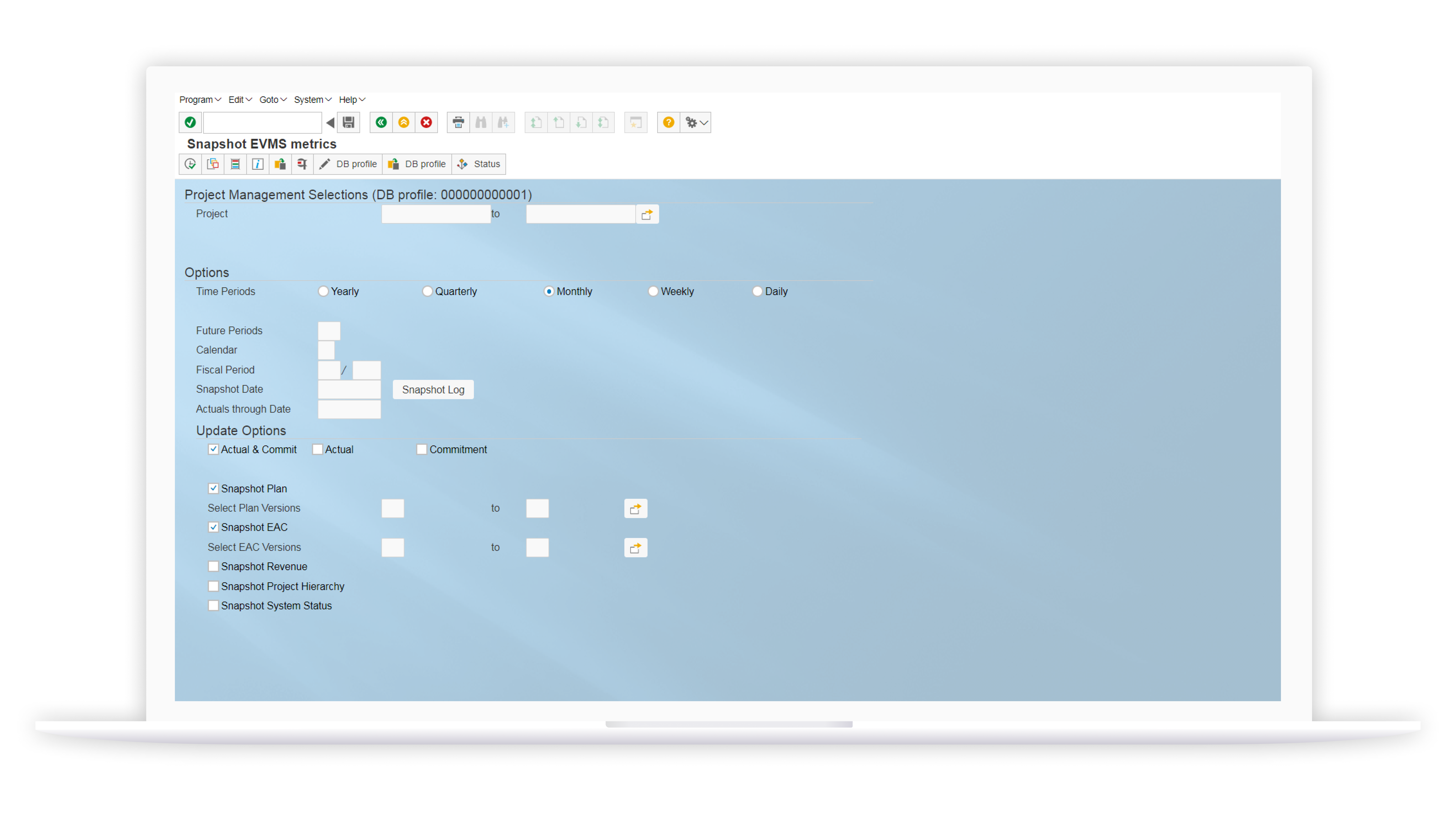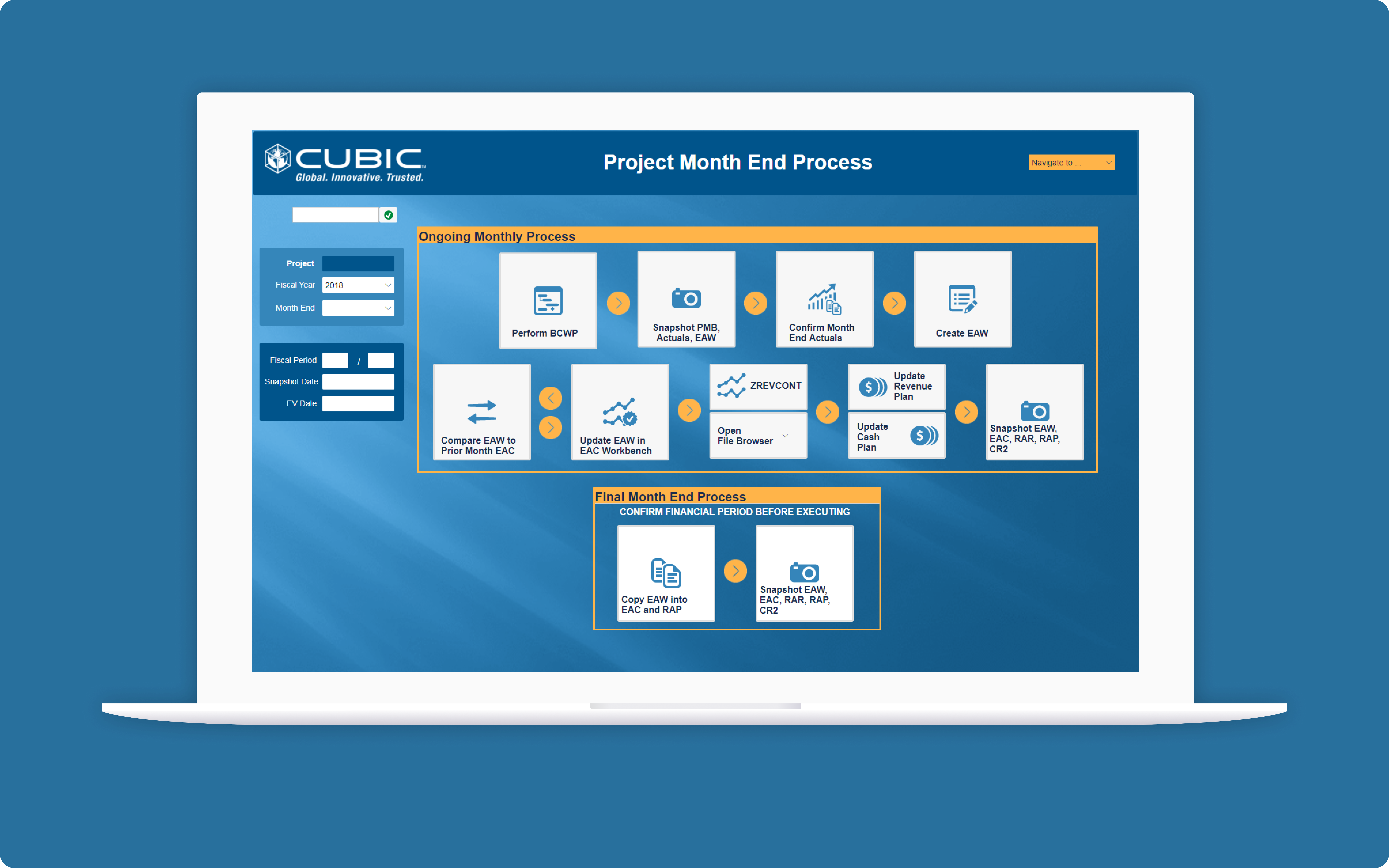SAP Personas @ Cubic

I reworked Cubic’s internal business workflows to reduce user error rates by 30% and speed up task completion by 78%
//REDESIGN
ROLE: UX/UI Designer, Developer
TEAM: Randy Hoyt, Irena Reddan
The Problem
Cubic's key business functions are based on SAP, an enterprise resource planning software(ERP). Employees from different departments have their own specific processes and workflows in SAP which allows them to get their tasks accomplished. Many of these processes and workflows involve repetitive steps with many different screens to traverse.
In comes SAP Personas, a new tool developed by SAP to personalize SAP ERP screens with scripting capabilities to automate different tasks, greatly increasing the usability of SAP ERP screens.
Gaining Context
As a lead project manager, Randy knew exactly which processes were most tedious and he introduced me to each team in order to learn their workflows and identify their pain points. I started by interviewing the Primary Financial Officers(PFOs) that run the Project Month End Process at the end of each month. Out of a team of 15, 14 PFOs agreed that this was a major pain point in their month end tasks. All 15 included the words “repetitive” in their responses, although there were a mix of answers regarding which step of the process they felt was the most time consuming. Since the PFOs had different answers when it came to the individual screens they had trouble with, I made a list of each complaint sorted by the times it was mentioned. Below are the most common pain points:
- Too many unecessary fields and buttons
- Selections for fields would get reset after every use
- Need to manually enter a page name in the search bar to access

Original snapshot screen
Wireframing and Prototyping
Since the PFOs had extensive experience with their process, we mapped out all the screens and data fields that had to be entered and I created a user flow which connected all the screens and fields into one flow. I worked with them to determine which steps could be automated with Javascript, significantly decreasing the amount of data fields they had to enter and buttons they had to click. I had to play the role of the designer and developer, figuring out which steps should be omitted and how to automate others. At this point in the process we found that participatory design was extremely beneficial to the end product as I needed to ensure that the end product was viable in the business and supported all edge cases in the workflow.
In the end, the PFOs were the only ones using this specific Personas process and their needs should be met with the most optimization. SAP Personas made it really easy to create working prototypes and I had the PFOs test each version and we would meet to see what aspects could be improved on in the next version.
The Redesigned Process

The final product was a dashboard which allowed the users to enter the project information once which would then autofill the information too all subsequent screens. All of the screens involved in the month end process are now laid out in a sequential order, making it easier to follow and for new trainees to learn. After the user is finished with each screen, a button will be there to lead them to the next with the information prefilled. This new process reduced the time to complete the month end process by 78%.

Redesigned snapshot screen
The new user interface grouped similar text fields together for clarity and structure and a new color scheme derived from the Cubic branding guidelines. I was limited with what I could do visually due to the constraints of SAP Personas but the finance department provided positive feedback on the new layout of screens and visuals, stating that this would be extremely valuable when training new hires.
Moving forward
Although I’m very proud of the great improvements I was able to make to the month end process, there are still many more opportunites for greater optimization. Since I was working in an extremely small team, we had to move onto other processes, leaving me no time to observe the new workflow in use and see how it works in action on a normal day. Additionally, I had to spend a lot of time training myself on utilizing SAP Personas which at the time was a very new platform and has since received many updates. I’d love to explore the new capabilities of SAP Personas and observe how the users are interacting with the new workflow to gain insight on possible opportunities of improvement.
